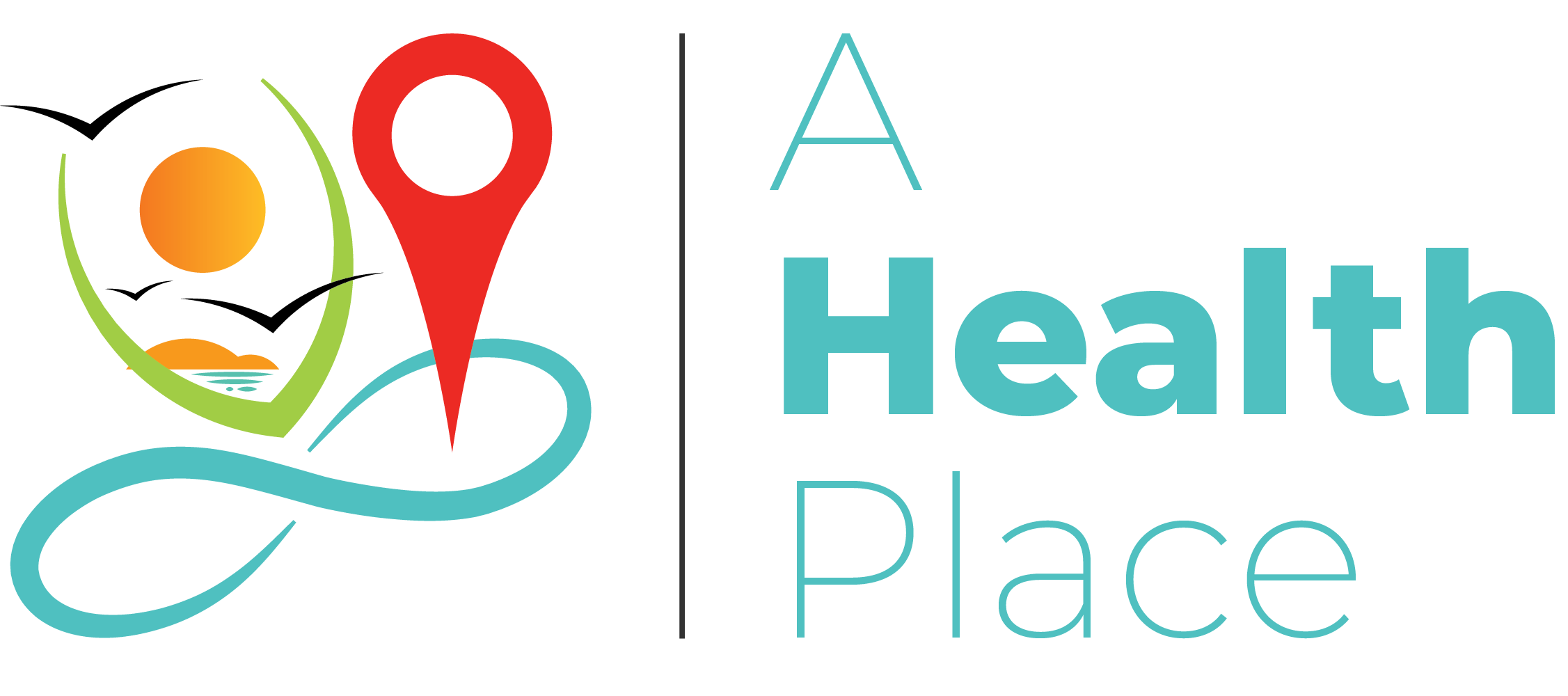What Is the Dark Line During Pregnancy?
During pregnancy, a woman’s body undergoes numerous changes to accommodate the growing fetus. One of these changes includes the appearance of a dark line that develops on the stomach, known as the linea nigra. This is a common occurrence that happens to many women during pregnancy.
The linea nigra appears as a dark, vertical line that runs down the center of the stomach, starting from the belly button and reaching down to the pubic bone. While the dark line can appear on any skin tone, it is most noticeable on women with lighter skin.
Overview
The linea nigra is a dark vertical line that appears on the abdomen of many pregnant women. It is also known as the “pregnancy line” or “black line.” The line typically runs from the belly button to the pubic bone, but it can also extend upwards to the sternum in some women.
The exact cause of the linea nigra is not entirely clear, but it is believed to be related to the hormonal changes that occur during pregnancy. Specifically, the increase in hormones, such as estrogen and progesterone, can cause an increase in pigmentation or melanin in the skin. Melanin is responsible for giving our skin its color and is produced by cells called melanocytes. During pregnancy, the increase in melanin production can result in darker skin patches, including the linea nigra.
Additionally, the linea nigra is thought to serve a purpose in protecting the skin from UV rays. The dark line is believed to absorb UV rays, which can be harmful to the developing fetus.
Not all pregnant women will develop the linea nigra, and the severity of the line can vary from woman to woman. Additionally, the dark line typically fades after childbirth but may persist in some women.
Medical Term for the Dark Line and its Significance
The medical term for the dark line that develops on the stomach during pregnancy is “linea nigra.” “Linea” is a Latin word that means “line,” while “nigra” is a Latin word that means “black.”
While the linea nigra is a common occurrence during pregnancy, it is not usually a cause for concern. It is a benign skin change that does not typically cause any health problems.
However, in rare cases, the appearance of the linea nigra may be a sign of an underlying medical condition. For example, if the dark line appears outside of pregnancy, it could be a sign of a hormonal imbalance or a condition known as Addison’s disease. In these cases, it is important to consult with a healthcare provider to rule out any underlying health issues.
When does the Dark Line Appear during Pregnancy?
The dark line or linea nigra typically appears during the second trimester of pregnancy, around the 14th week. However, in some women, it may appear earlier or later, or not at all. The severity of the line can also vary between women and can range from a faint line to a more noticeable and prominent one.
The linea nigra is more common in women with darker skin tones and those with a family history of the condition. Additionally, women who have previously been pregnant or those who have been exposed to the sun for extended periods of time may be more likely to develop a darker line.
The appearance of the linea nigra does not indicate any problems with the pregnancy, and it is considered a normal occurrence. However, if a woman notices any sudden or severe changes in the appearance of the line, such as rapid darkening or thickening, she should consult with her healthcare provider to rule out any underlying health concerns.
Is the Dark Line a Sign of a Healthy Pregnancy?
Yes, the appearance of the dark line or linea nigra during pregnancy is considered a normal and healthy occurrence. It is typically caused by hormonal changes that occur during pregnancy and is not an indication of any underlying health problems.
In fact, the presence of the linea nigra is considered to be a sign that the pregnancy is progressing as it should. The line is thought to be related to the increased production of hormones, such as estrogen and progesterone, which are necessary for a healthy pregnancy.
While the linea nigra is not a medical concern, any sudden or significant changes in the appearance of the line should be brought to the attention of a healthcare provider. These changes may indicate an underlying health issue that needs to be addressed.
Differentiating the Dark Line from Other Pregnancy-Related Skin Changes
During pregnancy, there are several skin changes that a woman may experience. While the dark line or linea nigra is one of the most common changes, there are other skin changes that may occur, and it is important to differentiate between them.
Some of the other skin changes that may occur during pregnancy include:
- Melasma: This is a condition where patches of darkened skin appear on the face, usually on the cheeks, forehead, and upper lip. It is also caused by hormonal changes during pregnancy.
- Stretch Marks: These are pink, red, or purple streaks that may appear on the skin, usually on the abdomen, breasts, hips, and thighs. They are caused by the stretching of the skin as the baby grows.
- Varicose Veins: These are enlarged and swollen veins that may appear on the legs during pregnancy. They are caused by the pressure of the growing uterus on the blood vessels.
While these skin changes are common during pregnancy, they do not typically pose a health risk to the mother or the baby. However, any sudden or severe changes in the appearance of the skin should be brought to the attention of a healthcare provider to rule out any underlying health issues.
Conclusion
The dark line or linea nigra is a common skin change that occurs in many women during pregnancy. It appears as a vertical line that runs down the center of the abdomen and is caused by hormonal changes that occur during pregnancy. While it is not a medical concern, any sudden or significant changes in the appearance of the line should be brought to the attention of a healthcare provider.
The dark line is just one of many skin changes that may occur during pregnancy. Other changes include stretch marks, melasma, and varicose veins, which are also caused by the hormonal changes that occur during pregnancy. These skin changes are generally not a cause for concern and do not pose a risk to the mother or the baby.
References https://my.clevelandclinic.org/health/body/23488-linea-nigra#:~:text=What%20is%20the%20linea%20nigra,can%20extend%20towards%20your%20abdomen. https://www.babycenter.com/pregnancy/your-body/linea-nigra_40008034











Discussion about this post